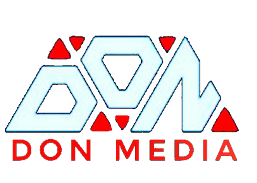THE FIVE FUNDAMENTALS OF COMPUTER SCIENCE
1. Algorithms and Data Structures: Algorithms are step-by-step procedures for solving problems, while data structures are ways of organizing and storing data. You can delve deeper into different types of algorithms, such as sorting algorithms (e.g., bubble sort, merge sort) and searching algorithms (e.g., linear search, binary search). Similarly, you can explain various data structures like arrays, linked lists, stacks, queues, and trees, and discuss their advantages and use cases.
2. Programming Languages: Programming languages are used to write instructions for computers to execute. You can provide an overview of programming language basics, including syntax (the rules for writing code), variables (containers for storing data), control structures (e.g., loops, conditionals), and functions (reusable blocks of code). Additionally, you can touch upon different programming paradigms like procedural (e.g., C), object-oriented (e.g., Java), and functional (e.g., Haskell) and explain their characteristics and applications.
3. Operating Systems: Operating systems are software that manage computer hardware and software resources. You can explain the role of operating systems in process management (managing running programs), memory management (allocating and deallocating memory), file systems (organizing and accessing files), and scheduling algorithms (determining the order of executing processes). You can also discuss different types of operating systems (e.g., Windows, Linux) and their features.
4. Computer Networks: Computer networks enable communication and data exchange between devices. You can introduce network protocols (e.g., TCP/IP, HTTP), network topologies (e.g., star, mesh), and the layers of the OSI model (e.g., physical, data link, network). Additionally, you can discuss IP addressing (assigning unique addresses to devices), routing (finding the best path for data transmission), and network security (protecting data from unauthorized access).
5. Databases: Databases are used to store and manage large amounts of structured data. You can explore different data models, such as relational (e.g., MySQL, PostgreSQL) and NoSQL (e.g., MongoDB, Cassandra), and explain their characteristics and use cases. Additionally, you can cover SQL queries (used to retrieve and manipulate data), normalization (organizing data to minimize redundancy), indexing (improving query performance), ACID properties (ensuring data integrity), and popular database management systems (e.g., Oracle, SQL Server).







.jpg)



.jpg)












.jpg)





Comments